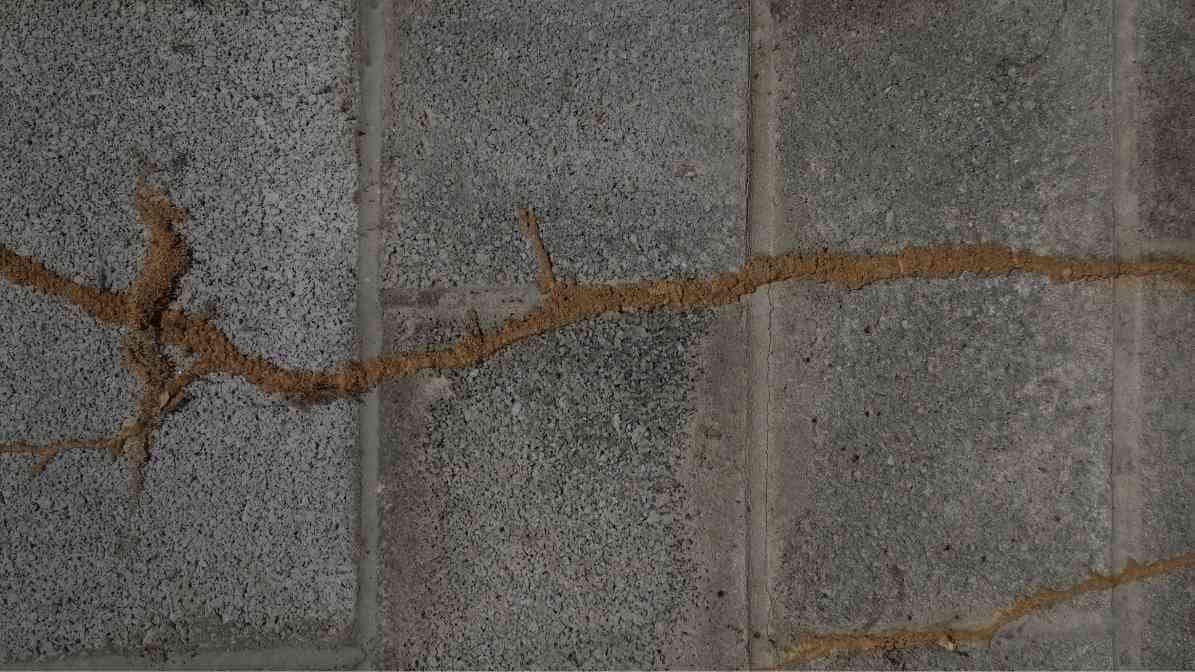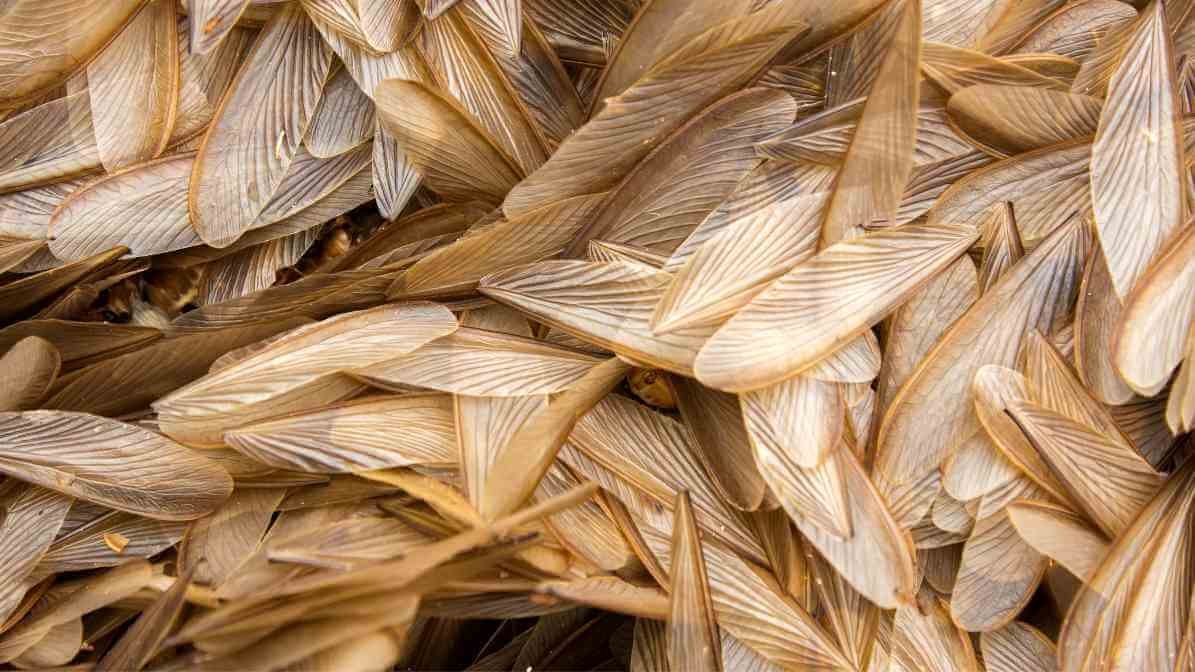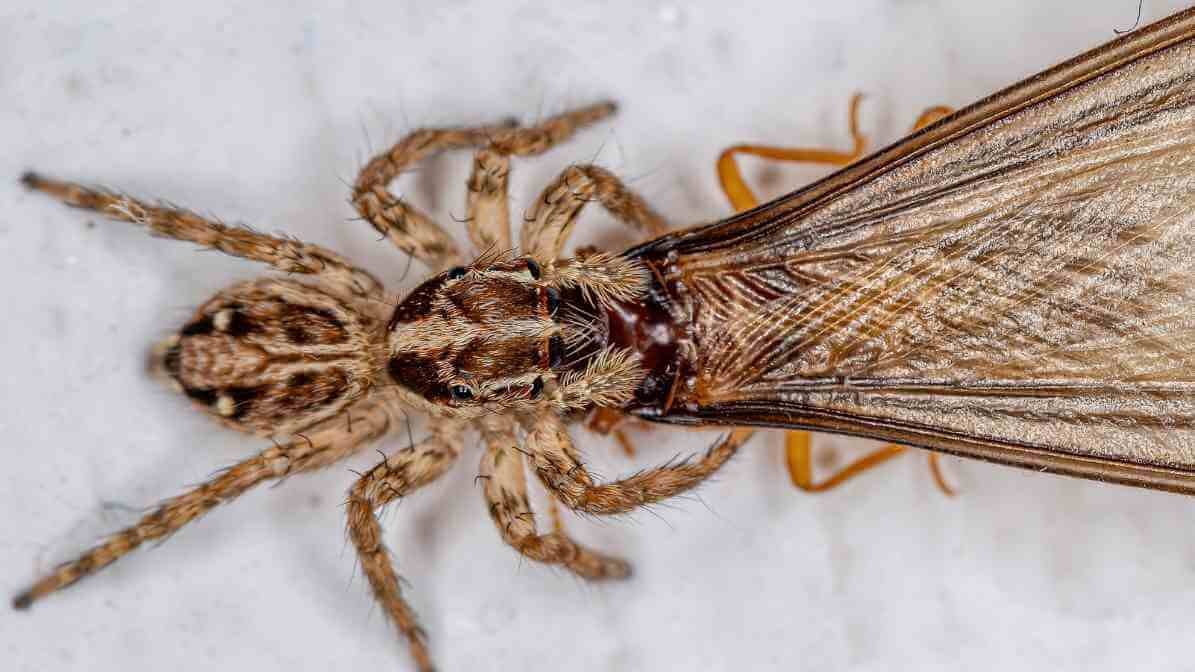Get in Touch With Us
Understanding subterranean termites, particularly the Formosan subterranean termite (Coptotermes formosanus), is essential for homeowners looking to safeguard their properties from termite damage.
Understanding Subterranean Termites (Coptotermes formosanus)
Focus on the Formosan Subterranean Termites
Subterranean termites are among the most economically impactful pests in urban environments. Their ability to cause significant structural damage. For residential homes and commercial buildings poses challenges for homeowners and pest management professionals worldwide. Among the various species of termites, the Formosan subterranean termite (Coptotermes formosanus) is particularly notorious for its aggressive nature and rapid colonization.
We will explore the biology, behaviour, and management of subterranean termites, specifically focusing on the Formosan subterranean termite.
URGENT RESPONSE
The Biology and Life Cycle of Subterranean Termites
The Importance of Understanding Subterranean Termites
Understanding subterranean termites is vital for effective pest management. Subterranean termites have complex social structures and behaviours. If not controlled, they can cause serious damage to wooden structures. In regions such as Malaysia and the United States, these termites thrive in large colonies.
Making awareness and proactive management crucial for homeowners. Subterranean termites are social insects that live in colonies composed of various castes, including workers, soldiers, and winged reproductives. The life cycle of these termites starts when winged reproductives, called alates, leave their original colonies in swarms.
Egg Stage
After mating, the female reproductive, or queen, will shed her wings and establish a new colony. The queen lays thousands of eggs, which develop into nymphs.
Nymph Stage
Nymphs mature into workers or soldiers. Workers are responsible for foraging for food, maintaining the nest, and caring for the young.
Adult Stage
Once mature, some nymphs can develop into winged reproductives. They will leave the colony that is establish to mate and repeat the cycle.
Alate
These large numbers of swarmers usually happen in warm, humid weather. They are often circling attracted to lights, which leads them to their new homes and buildings.
Social Structure of Subterranean Termites
Formosan Subterranean Termites Caste System
This caste system is essential for the success and growth of subterranean termite colonies. Enabling them to thrive in various environments. The intricate social structure of subterranean termites consists of:
Workers
These termites are the colony's labourers, responsible for feeding and maintaining the colony. They also tunnel through the soil and wood, leading to termite damage in structures.
Soldiers
Soldiers protect the colony from predators. They have larger mandibles for defence and are sterile, meaning they do not reproduce.
Winged Reproductive
Termite swarms primarily establish new colonies. After swarming finding the suitable partner, they mate and begin a new colonies.
Identifying Signs of Subterranean Termites Infestation
Impact of Formosan Subterranean Termites
The Formosan subterranean termite (Coptotermes formosanus) is particularly concerning because it can create exceptionally large colonies, often numbering in the millions. This capability allows them to cause substantial damage to wooden structures, often before symptoms are evident.
Awareness of the signs of a subterranean termite infestation is crucial for early detection and management:




Mud Tubes
These are tunnels formed by termites to protect themselves as they travel from their colonies to food sources. These tubes, made primarily of soil and saliva, can often along the foundations and walls.
Damaged Wood
Inspecting wooden structures for soft or hollow areas is important. Termites typically consume wood from the inside out, leading to significant weakening of the material.
Winged Reproductives
After a swarm, discarded wings may be found near window sills or other lighted areas. The appearance of these wings indicates that a nearby colony may be establishing itself.
Spider Webs
Small spider webs in corners or near places where termites might be active can show feeding activity. This is particularly accurate if mud tubes and activities are present.
Consequences of Subterranean Termites Infestation
Formosan Subterranean Termites Infestations
The consequences of a subterranean termite infestation can be severe. If subterranean termites, particularly the Formosan species, establish themselves without detection, they can lead to significant structural issues. Homes might experience:
Increased Repair Costs
The damage caused by large colonies can lead to extensive repair needs, often costing thousands of dollars.
Compromised Safety
The soldiers and workers termite feed 24 hours and 7 days a week, they do not require sleep. Structural integrity may become compromised, posing risks to the safety of inhabitants.
Long-Term Damage
Long-term infestations can lead to irreversible damage, necessitating complete replacement of affected wood structures.
Integrated Pest Management Solutions for Subterranean Termites
Innovative Pest Management Strategies for Subterranean Termites
Effective pest management strategies are essential for preventing and controlling subterranean termite infestations. Here are several practical methods residential and business owners can implement:
Regular Inspections: Routine checks for signs of termite activity can help catch infestations early. Pay close attention to areas such as foundations, window sills, and other wooden structures where termites may be present.
Moisture Control: Since subterranean termites thrive in moist conditions, maintaining dry environments is crucial. Owners should fix leaks, improve drainage, and use dehumidifiers in areas prone to humidity.
Wood Treatment: When building or renovating, using pressure-treated wood can help prevent infestations. Our specialists provide treatments are design specifically for your needs to deter termites and prevent them from recurring.
Physical Barriers: Innovative Pest Management can stop termites from entering your property by using physical barriers. For example, we can install steel mesh or copper mesh around your building's foundation. These barriers can be especially effective when combined with soil treatments.
Subterranean Termites Active Control Methods
Subterranean Termites Monitoring and Long-Term Management
Continuous monitoring is key in preventing re-infestations. Regularly check areas prone to termite activity and stay updated on pest management techniques. Making a termite management plan with our experts will give you peace of mind.
Termite Baits
Bait systems placed around the perimeter of the property can also help in controlling termite populations. These baits have a slow-acting insecticide solution. The worker insects take it back to their colony. This spreads the treatment throughout the colony.
Liquid Treatments
Liquid insecticides can create a chemical barrier in the soil. This method is particularly effective against subterranean termites, preventing them from reaching the foundations of your home.
Professional Pest Control
Enlisting the help of our licensed pest management professional is recommend for owners who suspect a termite problem. We have access to more advanced treatment methods and can conduct thorough inspections.
Contact Us
We love to talk pest. From guiding you on the identification of the pest to solving your pest problems. No job is too small or too big for us. Call us today for more info.

